Antiracism is Racist

By Gurwinder Bhogal
Staff Writer
31/8/2020
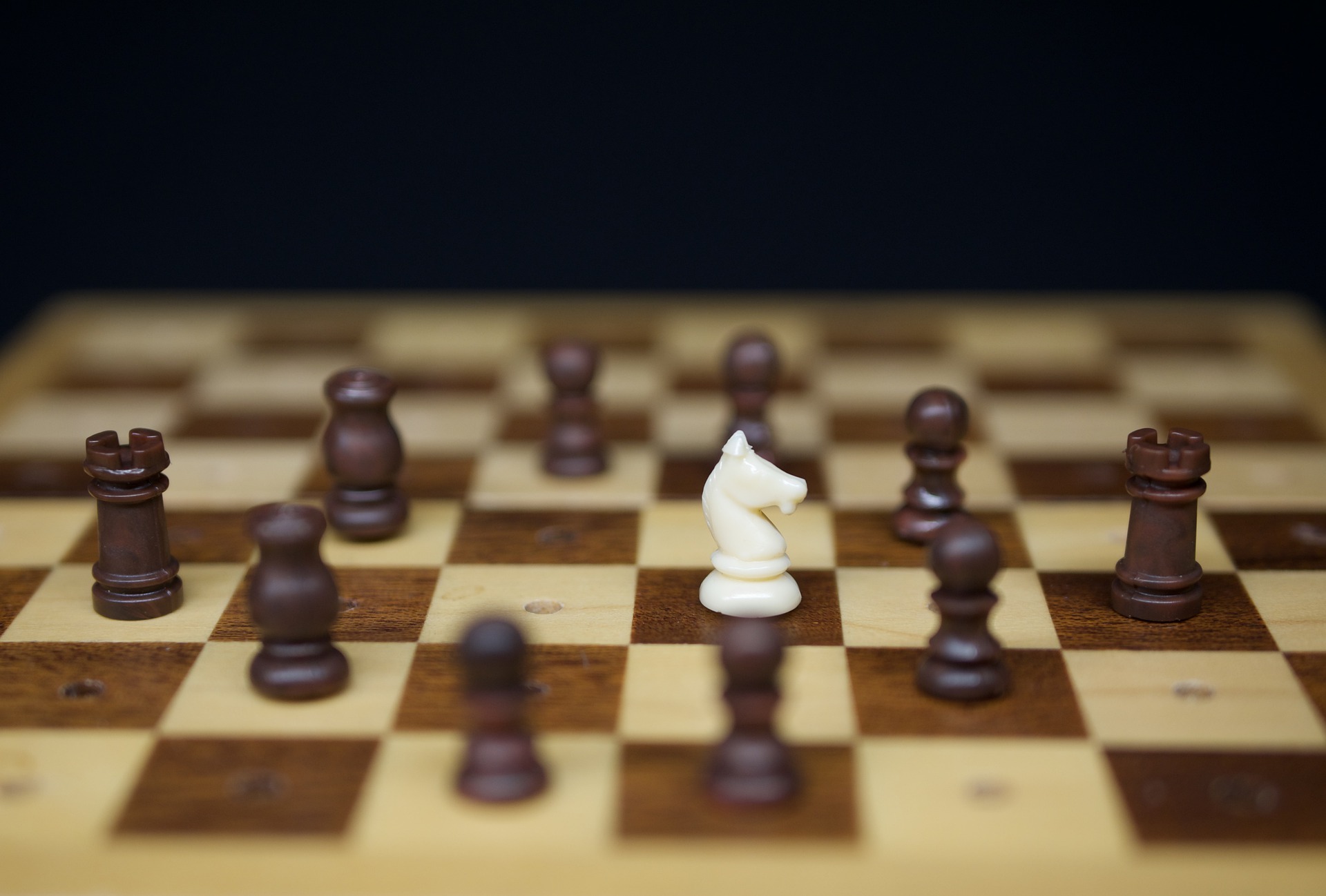
The high profile killings of black Americans like George Floyd have caused a surge of interest in the social movement known as “antiracism.” On social media, celebrities encouraged their followers to post black squares and hashtags in protest against systemic racism. Corporations in the West have also joined the bandwagon, with ice cream manufacturer Ben & Jerry’s calling on consumers to “dismantle white supremacy,” and Netflix ominously declaring that “To be silent is to be complicit.” Armies of activists broke COVID restrictions to engage in more physical acts of protest, which ranged from peaceful marches to the looting and burning of buildings.
Meanwhile, antiracist authors like Robin DiAngelo and Ibram X. Kendi have become household names, receiving extensive coverage in the media and seeing their books top bestseller lists. DiAngelo is scheduled to instruct senior figures at the University of Connecticut on racism and inclusion, while Boston University’s Center for Antiracist Research, which is helmed by Kendi, recently received $10 million from Twitter CEO Jack Dorsey to spread his antiracist teachings far and wide.

Ibram X. Kendi (Picture Credit: Montclair Film)
All of this would be great were it not for the fact that the antiracism movement is a cult devoted to a racist conspiracy theory.
The antiracism movement is a cult devoted to a racist conspiracy theory.
To the uninitiated, the word “antiracism” would suggest simple opposition to racism. But antiracism is much more than that. It’s an elaborate worldview that has developed over decades in media and academia, where it has festered in relative obscurity, until recent events enabled it to spread into the mainstream.
Like all cultish creeds, antiracism is Manichean; that is to say, it neatly divides reality into good and evil. Antiracists believe there is no such thing as a “not racist” person or policy, only racist or antiracist. As Kendi puts it in his book, How To Be An Antiracist, “Every policy in every institution in every community in every nation is producing or sustaining either racial inequity or equity.”
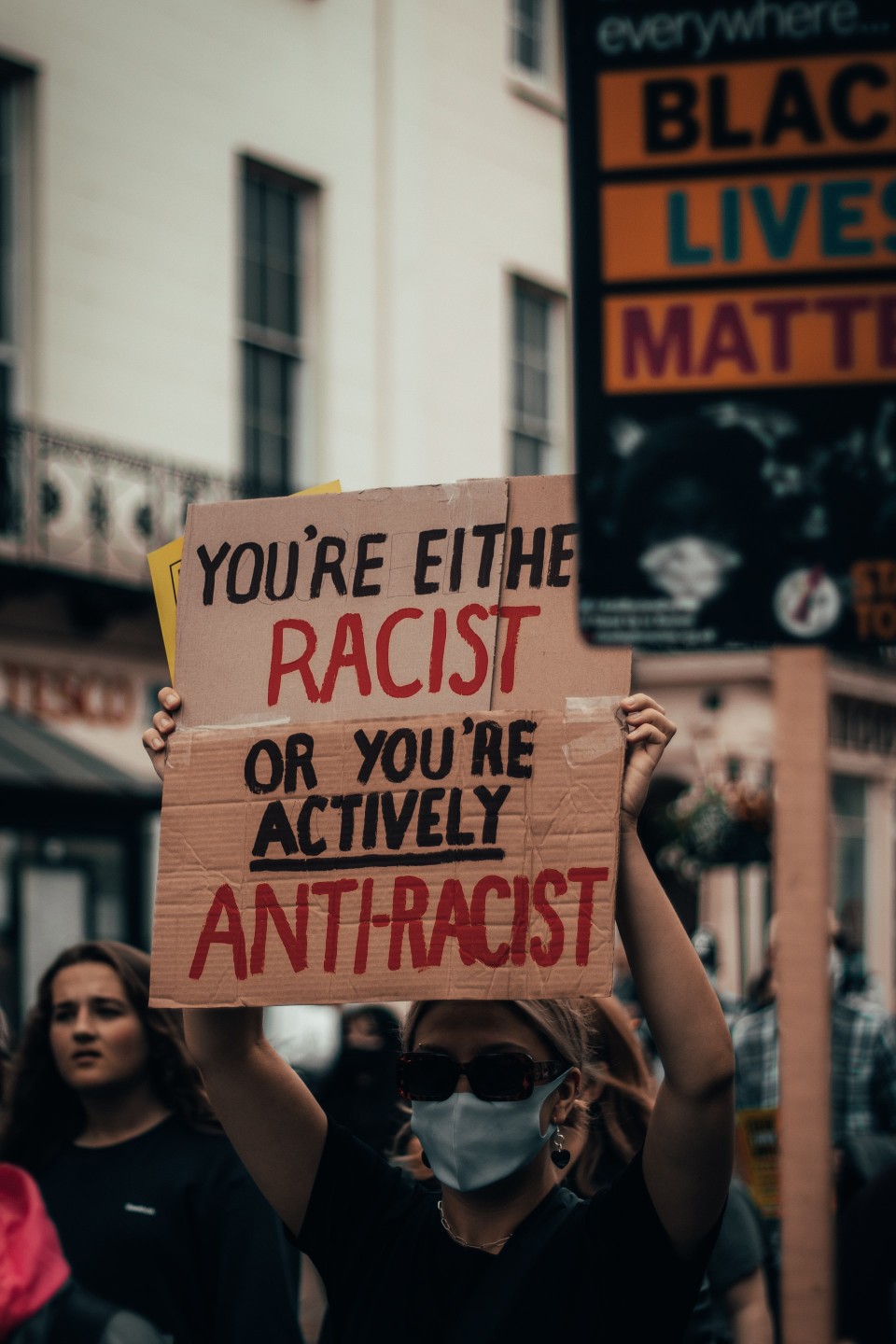
Kendi’s use of the word “equity” is important here; he is not content with equality of opportunity; he wants equality of outcome. This is because antiracism teaches that all racial disparities in social outcomes are entirely the result of systemic racism. This view is not borne out by the facts.
For instance, some non-white groups like East Asian Americans and Indian Americans have better social outcomes than white Americans in both academic achievement and median household income, while also being less likely to be incarcerated for a crime. Furthermore, female black African immigrants to the US earn just as much as white Americans on average, and actually have a faster income growth rate. To believe that these social outcomes are a result of systemic racism would necessitate believing that East Asians, Indians, and female black African immigrants have more white privilege than white people.
The antiracist claim of systemic racism is thus undermined by a gaping blind spot: its failure to recognize that racial disparities in outcomes are, like all social phenomena, multivariate in cause, and cannot be explained by racism alone. The inability of antiracists to understand this leads them to do what conspiracy theorists often do, which is to ascribe a social phenomenon to a single, typically nefarious plot by some group. In this case the group is white people.
Antiracists do what conspiracy theorists often do – they ascribe a social phenomenon to a single, typically nefarious plot by some group.
According to antiracists, “whiteness” is a mindset allegedly created by white people’s privilege and prejudice, which causes them to wittingly or unwittingly regard other races as inferior, and to uphold institutions that sustain racial inequality. Like the Christian concept of original sin, whiteness is an evil that all white people are born with, and which they must recognize and atone for in order to be redeemed. And like original sin, there is no evidence whiteness actually exists. Because any attribute that can be called “white” can be found just as commonly among non-whites.
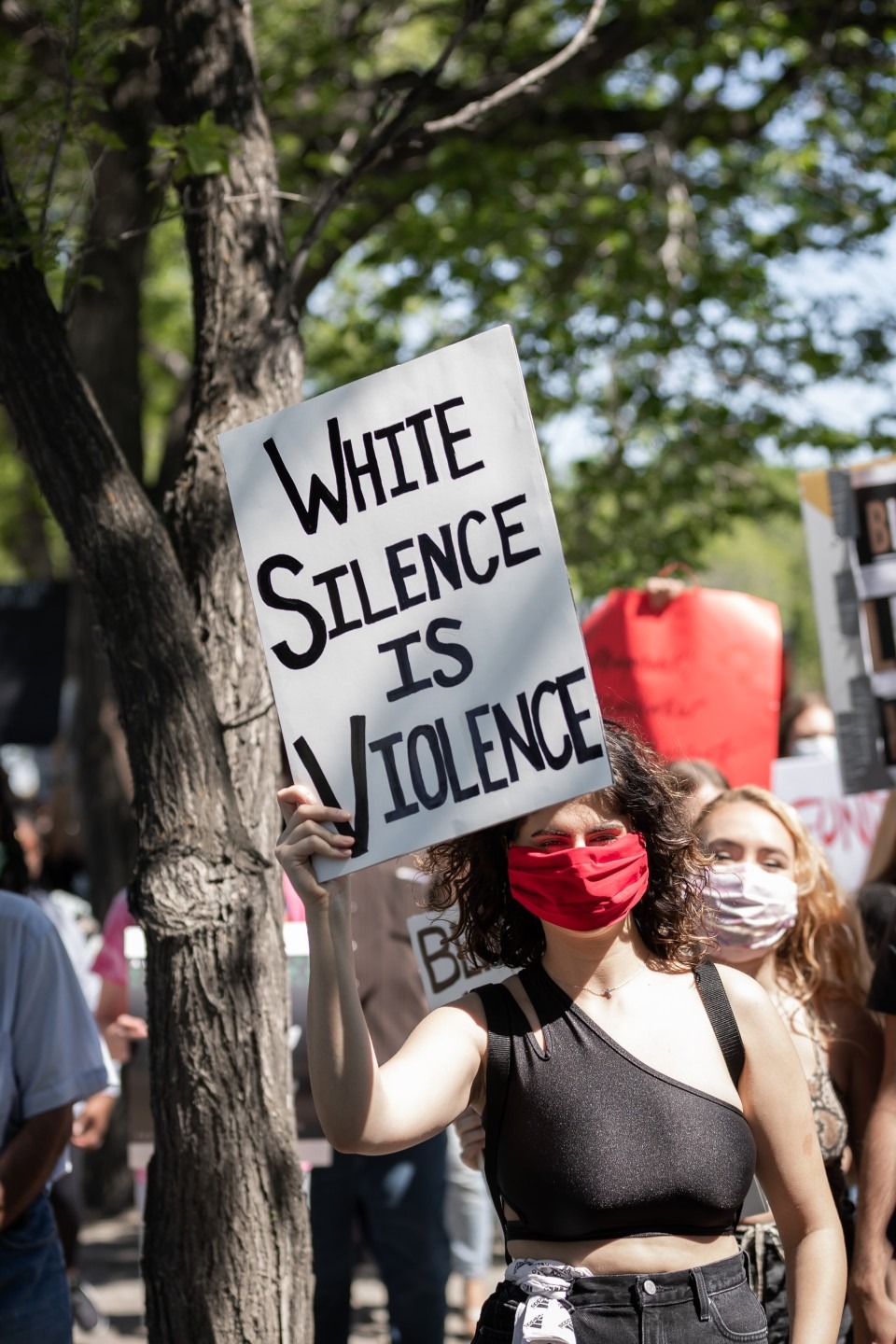
For example, a central premise of “whiteness” is that white people have a special heritage of racial oppression. Proponents of this view typically invoke the Transatlantic Slave Trade and Jim Crow as evidence. There is little doubt that such events have handicapped African American communities socioeconomically, but here’s the thing: slavery and segregation were not uniquely or universally white; most whites never owned slaves, many opposed segregation, and in any case, throughout history, among all racial groups in all civilizations, slavery and segregation were the norm. We seldom hear how, for instance, the North African pirates of the Barbary Coast enslaved over a million whites. What sets white Western nations apart from the rest of humanity is not that they enslaved people, but that they are the only ones who never stop lamenting their oppressive history, or trying to atone for it.
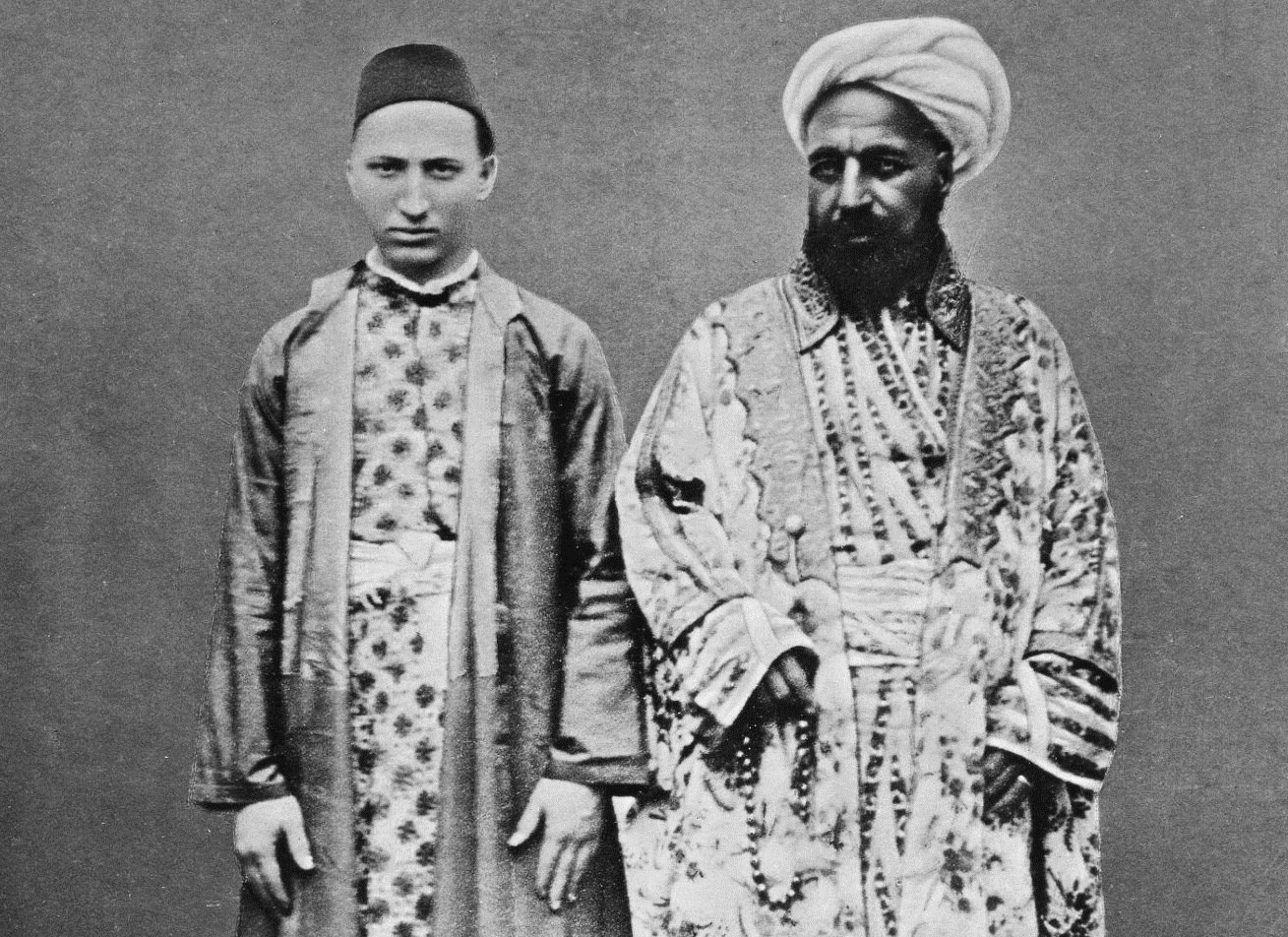
A Meccan merchant and his Circassian slave, one of history’s many forgotten examples of non-whites enslaving whites
Today, white-majority nations tend to be the most progressive, multicultural, and ethnically diverse in the world. Non-whites around the world seek refuge above all in the West, and when they get here they rarely want to leave. Meanwhile, in Asia and Africa there are more slaves alive today than there ever were in history. Yet it is always Western nations that antiracists target with their ire. It’s not clear whether they are simply ignorant of the non-white world or whether they expect better from whites than from non-whites, but either possibility is equally damning.
Antiracists tend to justify their fixation on white people by contending that whiteness is not just prejudice, but also the power that enforces it, and in their Americentric world, whites collectively have the most power. As DiAngelo writes in her book White Fragility, “Whites control all major institutions of society and set the policies and practices that others must live by.” But if these policies and practices include such programs as affirmative action, the outlawing of racial discrimination, and training courses on white fragility by Robin DiAngelo, and have led to a society where Indians, East Asians, and female black African immigrants surpass whites, how exactly are they upholding white supremacy?
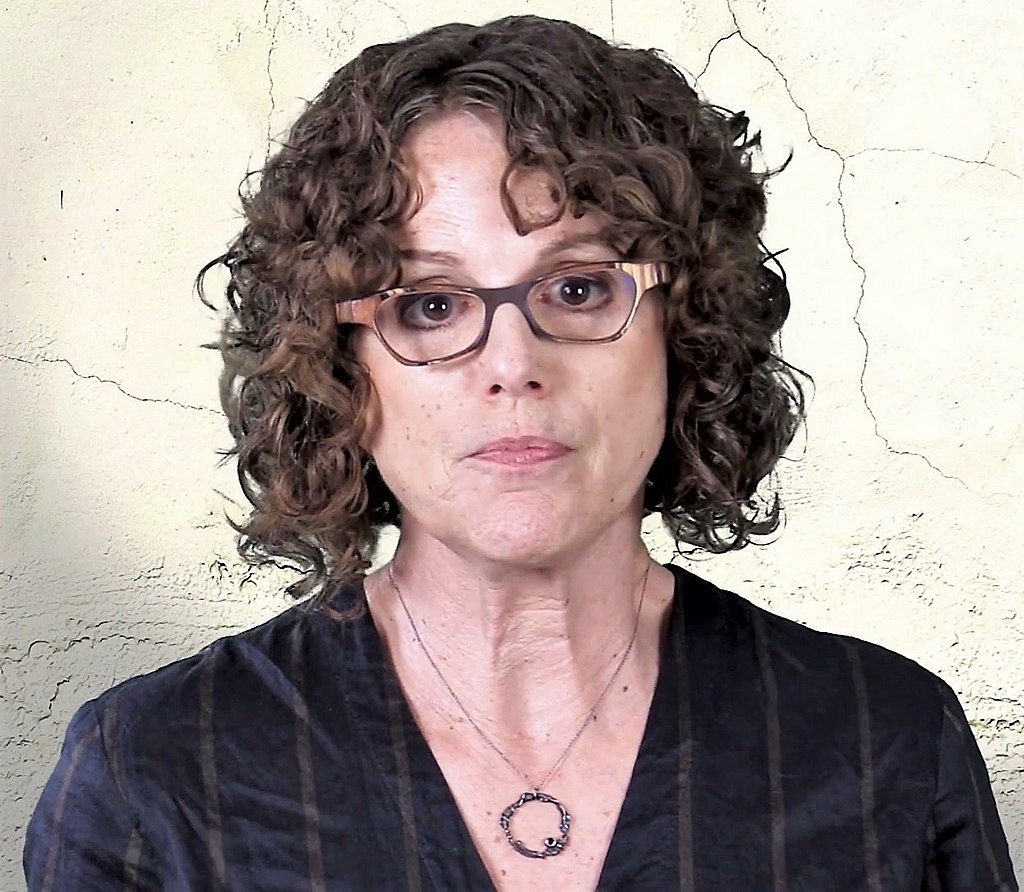
Robin DiAngelo (Picture Credit: Unitarian Universalist Association)
White people are not uniquely privileged or prejudiced, and neither whites nor white-controlled institutions are monolithic. It would seem, then, that accusations of whiteness permeate our discourse not because they refer to something distinct to white people but because they are an effective way to shut down criticism of antiracism. If you dispute the antiracist narrative, it’s because you have “white privilege.” If you dispute the presence of white privilege, it’s because you have “white fragility.” The more you deny you are racist the more racist you are. Denial of guilt is proof of guilt. The myth of whiteness is antifragile.
The trigger-happiness with which antiracists dismiss any criticism of their views as whiteness often leads them to make embarrassing errors which highlight the vacuity of their approach. Take the case of CNN analyst Areva Martin, who dismissed claims by radio host David Webb that skills were more important than race in determining life outcomes by reflexively accusing Webb of white privilege. His reply was that he was, in fact, black. And let’s not forget Aidan Byrne, who while reviewing one of Thomas Sowell’s books for the London School of Economics, instinctively quipped of the great black intellectual who grew up in poverty, “easy for a rich white man to say.”
Since “whiteness” has no concrete definition, there is no limit to what whiteness can be: it’s whatever is required to win the argument. If you write a convincing essay refuting antiracism, antiracists can claim that writing is white supremacy. Use statistics to show that their numbers are wrong, and they can reply that math is white supremacy. Use common sense to show that their arguments lead to absurdities, and they can retort that reason itself is white supremacy.
The previous paragraph is not hyperbole. Antiracist math professor Laurie Rubel recently declared that claiming math is objective because 2 + 2 = 4 “reeks of white supremacist patriarchy.” Glenn Singleton, president of racial-sensitivity training firm Courageous Conversation, claims that valuing “written communication over other forms” and “scientific, linear thinking” are hallmarks of whiteness. The idea that reason and writing are alien to black people is perverse and insulting, and only discourages young blacks from focusing on pursuits that could help close the racial achievement gap.
Furthermore, the idea that “scientific thinking” could be labeled “white” is eerily reminiscent of the Nazis’ concept of “Jüdische physik” (Jewish science) or the Soviets’ concept of “Bourgeois pseudoscience,” accusations that were leveled at lines of reasoning that threatened political orthodoxy. Like the anti-Semitism of Nazism and Stalinism, antiracism ascribes a group’s relative success to a conspiracy by that group, and dismisses anything that contradicts the conspiracy theory as part of the conspiracy.
Antiracists typically deny they are racist by claiming that it’s impossible to be racist against white people, because whites supposedly have the most power, and “R = P + P” (racism is prejudice plus power). Firstly, R = P + P leads straight to absurdity: it would mean a neo-Nazi terrorist who enters Israel to topple the government ceases to be racist the moment he passes the country’s border. A deeper problem with R = P + P, though, is its assumption that power is neatly divided along racial lines. Ironically, the whites who are most often the target of antiracist scorn — the poor and parochial “white trash” — are among the most powerless, while the antiracists themselves are often among the most privileged: tech CEOs, Hollywood celebrities, columnists at national media outlets, and academics.
Kendi is unusual among antiracists in that he rejects R = P + P, and believes it is possible to be racist against white people. However, his antiracist worldview nevertheless justifies racism against whites. Not only does he believe white people are uniquely prejudiced, he also believes the only solution to their prejudice is to be prejudiced right back. In his words, “the only remedy to past discrimination is present discrimination. The only remedy to present discrimination is future discrimination.”
Not only does Kendi believe white people are uniquely prejudiced, he also believes the only solution to their prejudice is to be prejudiced right back.
This “remedy” is already partially in effect. Affirmative action programs have been in force for decades, some of them illegally; a two-year US Justice Department investigation recently concluded that white and East Asian students applying to Yale have “only one-tenth to one-fourth of the likelihood of admission as African American applicants with comparable academic credentials.” A white or East Asian person can be denied a place at a top university due to their skin color.
But it is not enough for the antiracists. They have also felt it necessary to engage in a kind of abstract affirmative action, whereby ideas that encourage white shame are privileged over more sober ones in an apparent attempt to “awaken” whites to their immoral whiteness. The liberal media’s passive-aggressiveness toward whites is nothing new; outlets like the New York Times have long been publishing op-eds asking questions like “Can My Children Be Friends With White People?” and “Should I Give Up On White People?” Recently, we have seen this anti-white disdain escape the confines of elite cultural circles and enter the mainstream with the virality of unflattering stereotypes of whites like “Karen” and the “angry white male.” The University of Kansas is even offering a course in “angry white male studies.”
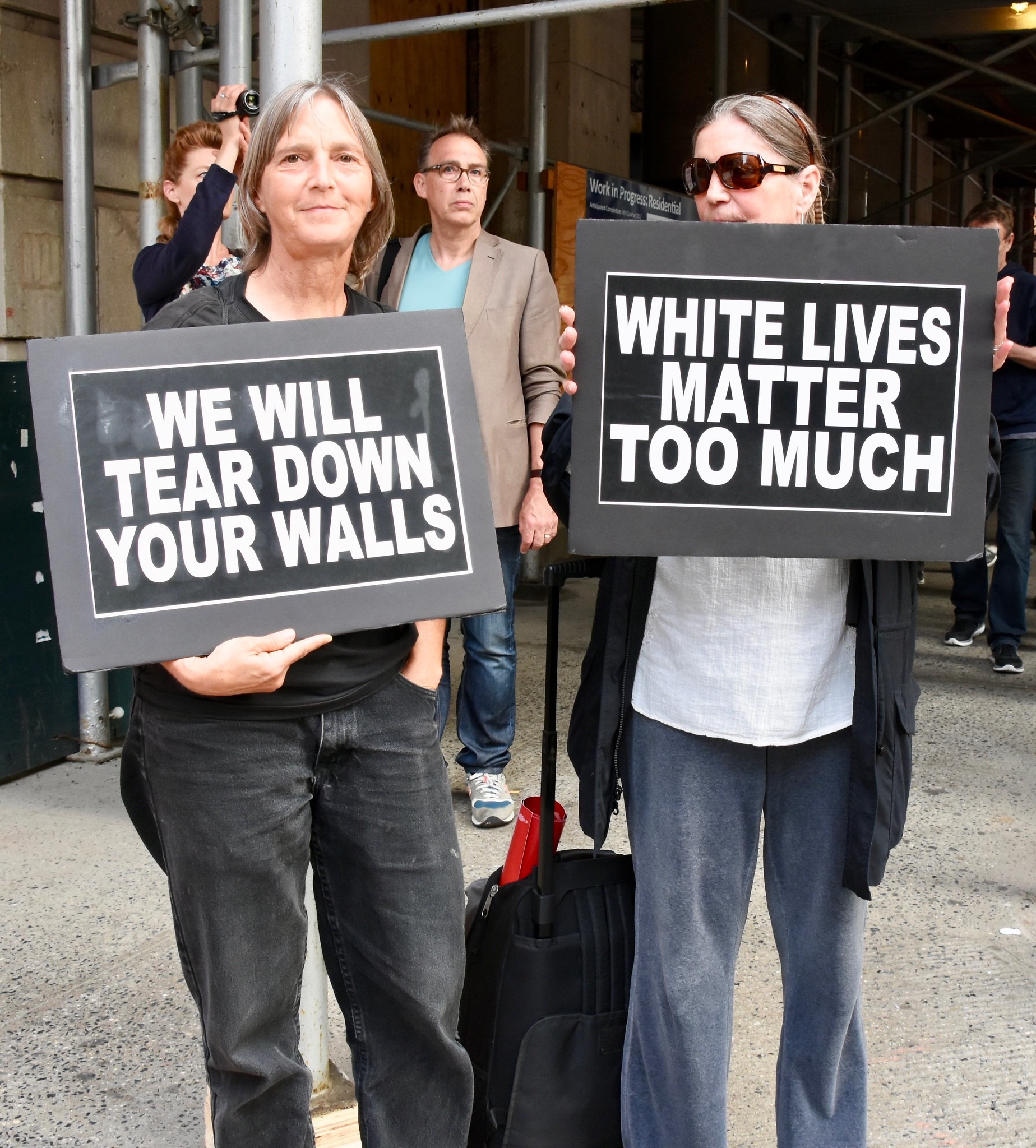
Protestors at the 2017 May Day Protests (Picture Credit: Alec Perkins)
Privileged whites have largely welcomed this new flourishing of antiwhiteness, because calmly accepting criticism of one’s whiteness is considered a sign of humility, open-mindedness, and sophistication in the seats of cultural power where image is everything: media, academia, and the entertainment industry.
But for unprivileged whites – the overwhelming majority of white people – antiwhiteness is just an attack on their skin color. This makes them more aware of their whiteness, but not in the way antiracists want; instead it gives them a common racial interest to rally around. Suddenly, white people who never paid much attention to their skin color feel compelled to act to preserve its dignity. Antiracists do not dispute this; they even have a word for it: a “whitelash.”
Whitelashes against the anti-white snobbery of liberal elites were pivotal in delivering Brexit and Trump, two political wrecking-balls that antiracists would say have made life harder for non-white people. So, not only is Kendi’s claim that prejudice against whites can remedy prejudice by whites untrue, prejudice against whites actually increases prejudice by whites.
Not only is Kendi’s claim that prejudice against whites can remedy prejudice by whites untrue, prejudice against whites actually increases prejudice by whites.
Antiracism is thus racist, not only in the original sense of the term, in that it reduces people’s identities down to their skin color, but also by Kendi’s own definition of the term – because it incentivizes whites to unite and mobilize around racial interests they otherwise wouldn’t have considered and to take action to impede equity.
The costs of antiracism invariably fall upon the poor, and not Kendi, DiAngelo, or the cultural elites who indulge them. So antiracism, shielded from its own consequences by privilege, will continue regardless of what it reaps, but DiAngelo’s star will fall and Kendi’s will rise, not because Kendi has better arguments – both are equally nonsensical – but because antiracists judge people by skin-tone, and many have already begun to notice that DiAngelo is ghostly white.
The left’s greatest liability has always been that compassion for the unfortunate too easily becomes hostility towards the fortunate. Antiracism may have begun with good intentions, but it is now little more than anti-white racism. Such racism didn’t help civil rights when it was tried by Stokely Carmichael or Malcolm X, and there’s no reason to think it would work now. Instead, we’d be wise to learn from those who did more for civil rights than any antiracist, men like Frederick Douglass, Bayard Rustin, and Martin Luther King. These men succeeded not because they made white people more self-conscious of their whiteness, but because they did the exact opposite – they persuaded them to see beyond narrow racial identity in favor of our common humanity.
